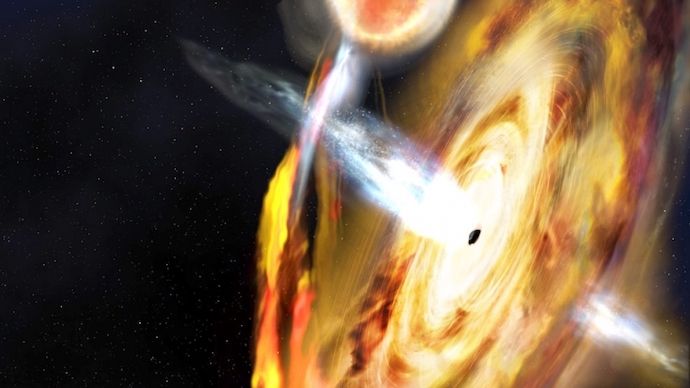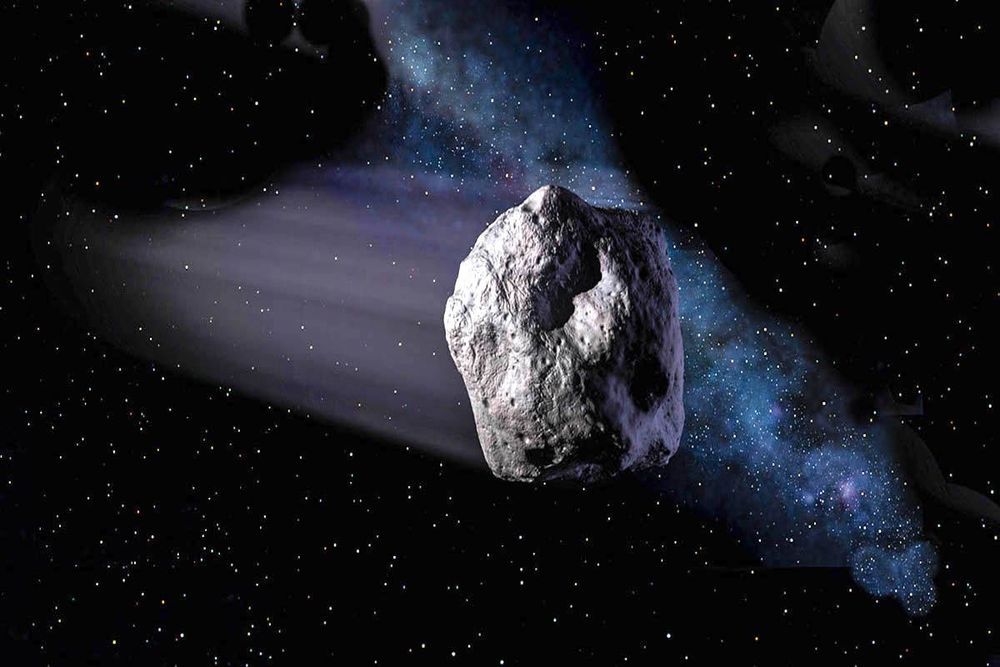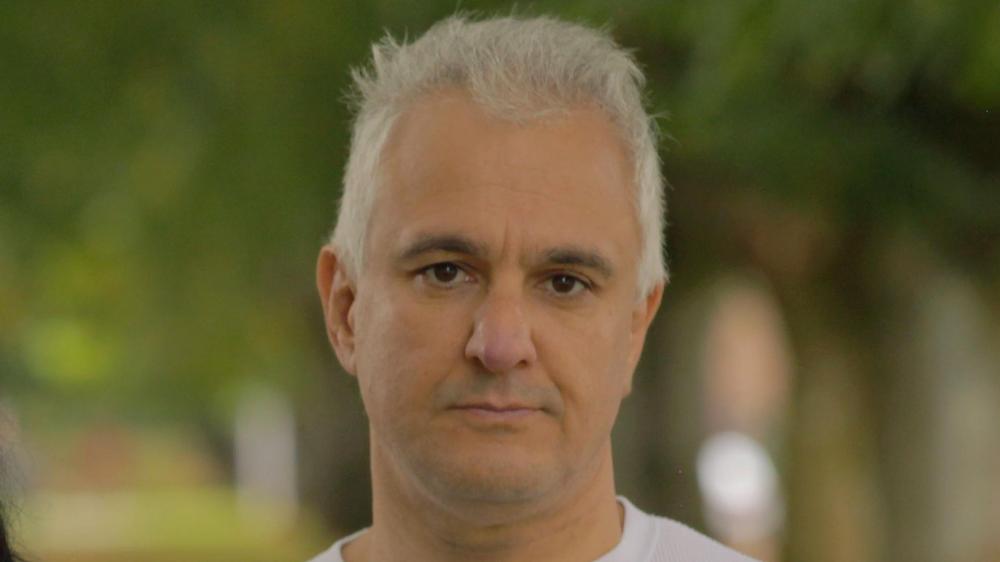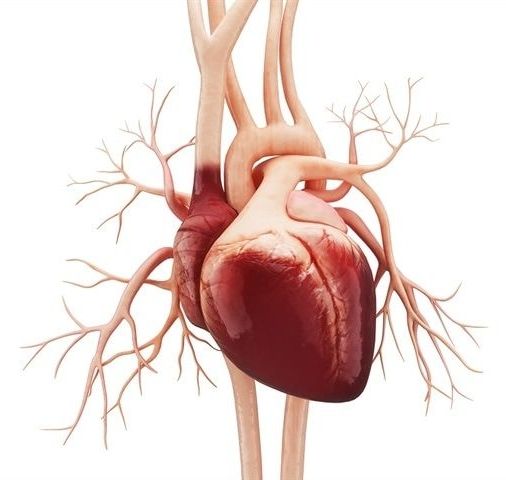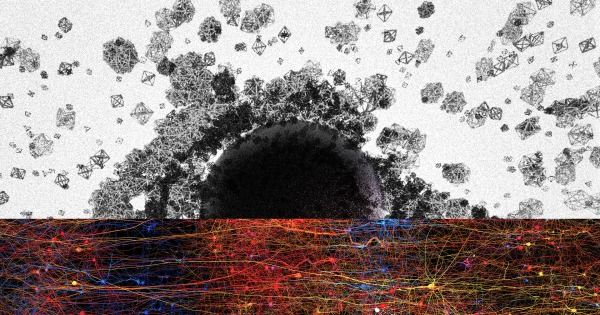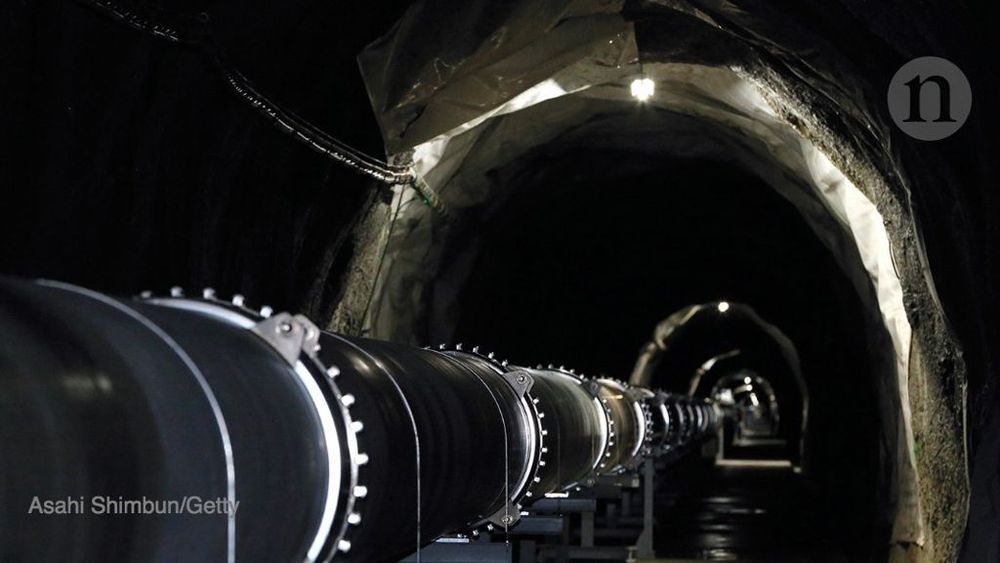Page 9219
Jan 10, 2019
Hungry Black Hole Shines Light on Astronomical Phenomenon
Posted by Genevieve Klien in category: cosmology
Astronomers have been watching a very hungry black hole devour the gases of a nearby star for almost a year.
A specialized instrument aboard the International Space Station in March detected an enormous explosion of X-ray light nearly 10,000 light years from Earth.
The source: a black hole called MAXI J1820+070, caught in an outburst, spewing surges of X-ray energy as it devours inhales celestial dust and gas.
Continue reading “Hungry Black Hole Shines Light on Astronomical Phenomenon” »
Jan 10, 2019
There’s a glitch at the edge of the universe that could remake physics
Posted by Michael Lance in categories: biological, chemistry, particle physics
One mysterious number determines how physics, chemistry and biology work. But controversial experimental hints suggest it’s not one number at all.
By Michael Brooks
IT IS a well-kept secret, but we know the answer to life, the universe and everything. It’s not 42 – it’s 1/137.
Continue reading “There’s a glitch at the edge of the universe that could remake physics” »
Jan 10, 2019
Steam-Powered Asteroid Hoppers Developed through UCF Collaboration
Posted by Klaus Baldauf in categories: robotics/AI, space travel
Using steam to propel a spacecraft from asteroid to asteroid is now possible, thanks to a collaboration between a private space company and the University of Central Florida.
UCF planetary research scientist Phil Metzger worked with Honeybee Robotics of Pasadena, California, which developed the World Is Not Enough spacecraft prototype that extracts water from asteroids or other planetary bodies to generate steam and propel itself to its next mining target.
UCF provided the simulated asteroid material and Metzger did the computer modeling and simulation necessary before Honeybee created the prototype and tried out the idea in its facility Dec. 31. The team also partnered with Embry-Riddle Aeronautical University in Daytona Beach, Florida, to develop initial prototypes of steam-based rocket thrusters.
Continue reading “Steam-Powered Asteroid Hoppers Developed through UCF Collaboration” »
Jan 10, 2019
Peter Boghossian: Professor faces sack over hoax that fooled academic journals
Posted by Steve Nichols in category: biotech/medical
The leading academics Richard Dawkins and Steven Pinker have defended a hoaxer who sought to expose politically correct “nonsense” in social sciences.
Peter Boghossian, an assistant professor of philosophy, faces losing his job at Portland State University in Oregon after he helped create spoof academic papers. These lampooned scholarship in various fields, including the studies of gender, homosexuality and obesity.
He and two collaborators dashed off 20 papers, each deliberately ridiculous and spiked with what the authors later described as “a little bit of lunacy”. Seven were accepted by peer-reviewed journals. One, titled “Our Struggle is My Struggle: Solidarity feminism as an intersectional reply to neoliberal and choice feminism”, was a rewrite of chapter 12 of Hitler’s Mein Kampf with feminist “buzzwords switched in”.
Continue reading “Peter Boghossian: Professor faces sack over hoax that fooled academic journals” »
Jan 10, 2019
This Filipino-Made App Is a Finalist for NASA’s Global Challenge
Posted by Michael Lance in category: space

It’s the first time a Filipino-made app made it to the cut! #SpaceApps #SpaceAppsPH
It was chosen among 2,729 apps made by people all over the world.
Continue reading “This Filipino-Made App Is a Finalist for NASA’s Global Challenge” »
Jan 10, 2019
Gene governing body’s biological clock acts differently in males versus females
Posted by Xavier Rosseel in categories: biotech/medical, sex
Research suggests that a gene that governs the body’s biological (circadian) clock acts differently in males versus females and may protect females from heart disease. The study is the first to analyze circadian blood pressure rhythms in female mice. The research, published ahead of print in the American Journal of Physiology—Regulatory, Integrative and Comparative Physiology, was chosen as an APSselect article for January.
The body’s circadian clock—the biological clock that organizes bodily activities over a 24-hour period— contributes to normal variations in blood pressure and heart function over the course of the day. In most healthy humans, blood pressure dips at night. People who do not experience this temporary drop, called “non-dippers,” are more likely to develop heart disease. The circadian clock is made up of four main proteins (encoded by “clock genes”) that regulate close to half of all genes in the body, including those important for blood pressure regulation.
These results suggest that the lack of PER1 acts differently in males and females. The findings are consistent with research showing that premenopausal women are less likely to be non-dippers than men of the same age. “This study represents an important step in understanding sex differences in the regulation of cardiovascular function by the circadian clock,” the researchers wrote.
Continue reading “Gene governing body’s biological clock acts differently in males versus females” »
Jan 10, 2019
Earth’s magnetic field is acting up and geologists don’t know why
Posted by Genevieve Klien in category: biotech/medical
Erratic motion of north magnetic pole forces experts to update model that aids global navigation.
Jan 10, 2019
Scientists Discover That Our Brains Can Process the World in 11 Dimensions
Posted by Genevieve Klien in categories: neuroscience, supercomputing
Neuroscientists have used a classic branch of maths in a totally new way to peer into the structure of our brains. What they’ve discovered is that the brain is full of multi-dimensional geometrical structures operating in as many as 11 dimensions.
We’re used to thinking of the world from a 3D perspective, so this may sound a bit tricky, but the results of this new study could be the next major step in understanding the fabric of the human brain – the most complex structure we know of.
This latest brain model was produced by a team of researchers from the Blue Brain Project, a Swiss research initiative devoted to building a supercomputer-powered reconstruction of the human brain.
Continue reading “Scientists Discover That Our Brains Can Process the World in 11 Dimensions” »
Jan 10, 2019
Japan’s pioneering detector set to join hunt for gravitational waves
Posted by Derick Lee in categories: cosmology, physics
The ¥16.4-billion (US$148-million) observatory — Japan’s Kamioka Gravitational Wave Detector (KAGRA) — will work on the same principle as the two detectors of the Laser Interferometer Gravitational-Wave Observatory (LIGO) in the United States and the Virgo solo machine in Italy. In the past few years, these machines have begun to detect gravitational waves — long-sought ripples in the fabric of space-time created by cataclysmic cosmic events such as the merging of two black holes or the collision of two neutron stars.
LIGO’s Asian cousin will this year deploy ambitious technology to improve sensitivity in the search for these faint, cosmic ripples — but its biggest enemy could be snowmelt.

